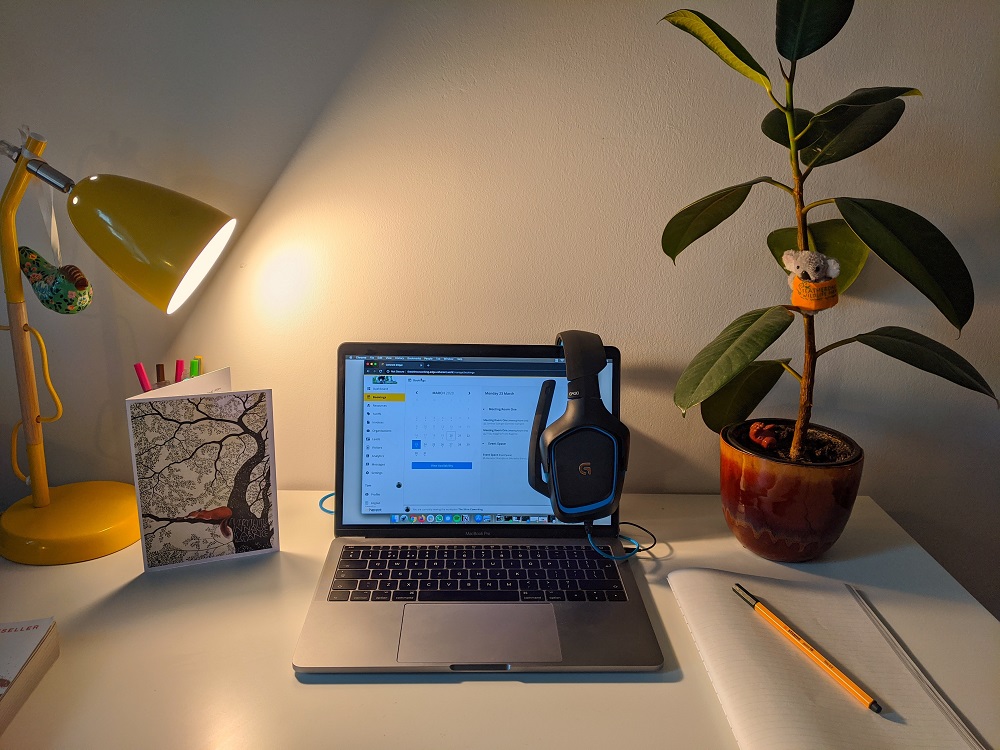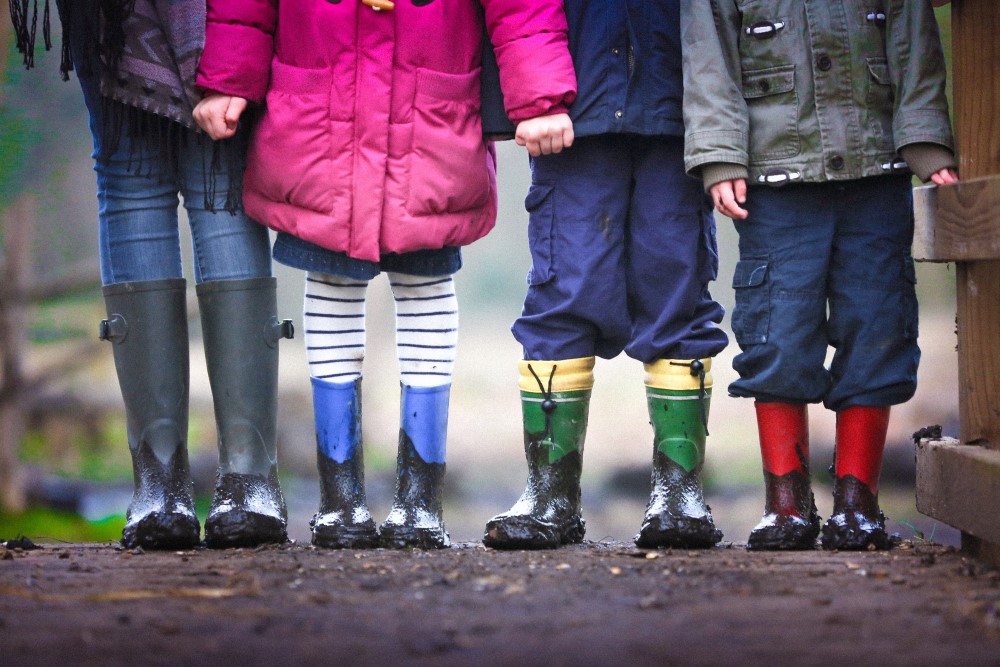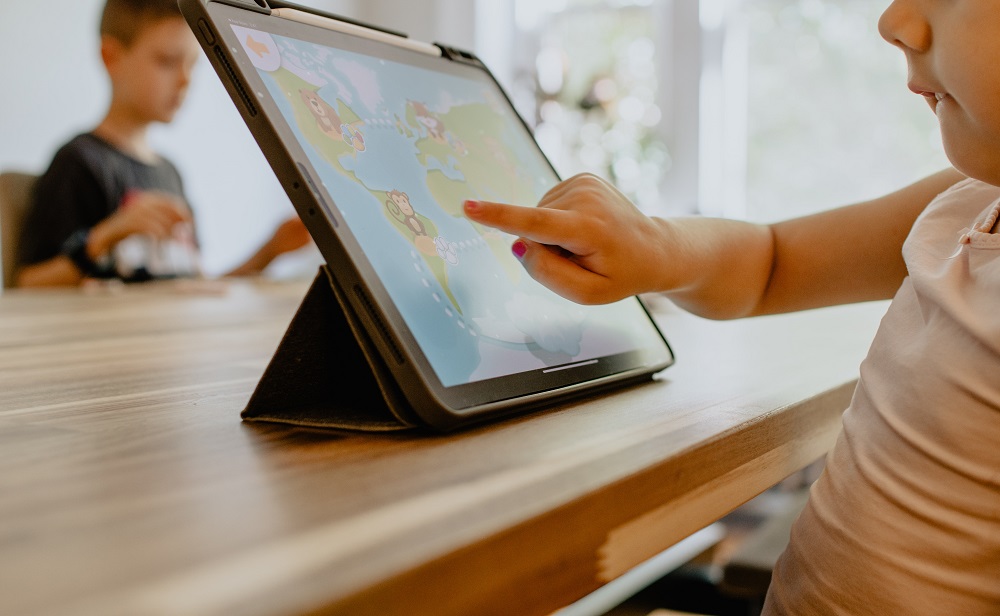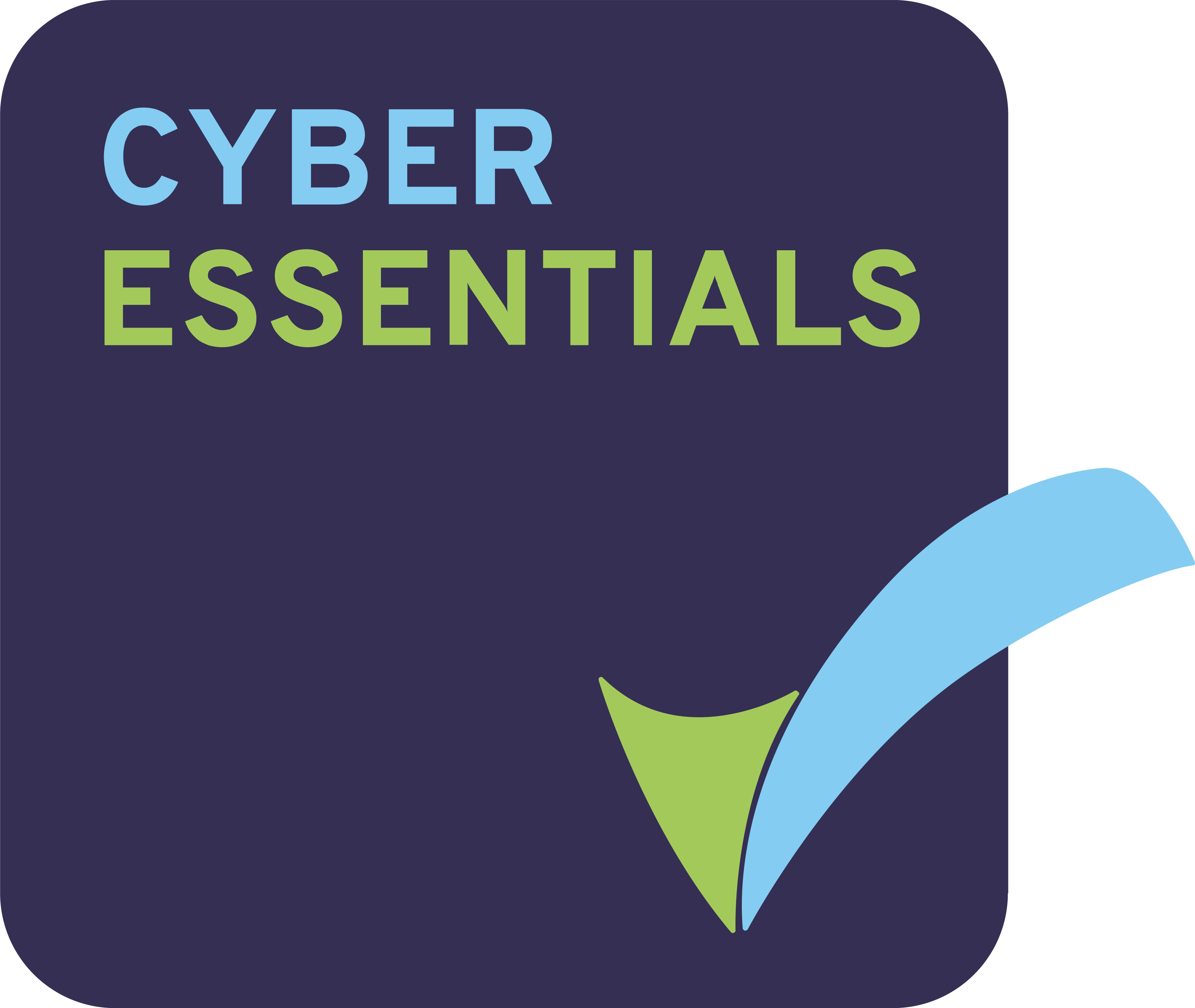If your school is facing a closure due to coronavirus you may be wondering what that will mean for your pupils and their education. How can you keep teaching if they’re not in your classroom with you each day? Here’s a quick guide to help you keep teaching and your children learning.
What should you do?
The key is not to panic and instead consider how you can use the tools available to you to keep engaging with pupils to help them learn.
Use online resources where possible
There are many online tools (such as DB Primary) which allow teachers to engage with pupils remotely. Children are generally familiar with these online tools as they have hopefully been used previously and setting up a remote classroom environment will provide the opportunity to use and explore these online learning tools even further.
Platforms which work around the idea of ‘online communities’ can be especially helpful in order to set up a remote classroom, as these provide online spaces where teachers can upload tasks for their pupils to complete. It also gives the class a sense of community, even though they may not physically be together in the classroom, they are all accessing the same online space to learn together and communicate with one another.
Tools such as blogs, forums and email can all be used to communicate with your class online. Children can be tasked with keeping an online blog during the school closure in order to document what they have been learning (whilst also providing a wonderful opportunity for some purposeful writing), forums can be set up to discuss activities and tasks set, and emails can be sent daily to your pupils to keep them up-to-date about what they should be learning.
Reinforce previous knowledge
If the disruption is likely to be fairly short, then you can probably focus on consolidating and reinforcing previous knowledge. The pupils will have already studied these topics and will feel more confident to work on these independently. Again, using online technology tools can help here as you can set quizzes and tasks for the children to complete, and then provide online feedback once these have been finished. Such tools can be really beneficial in helping teachers spot pupils who are struggling in certain areas (as this can sometimes be tricky in the classroom where children may be tempted to copy from well-meaning friends).
Prioritise curriculum units
If the disruption is likely to last a long time and you have to start covering new curriculum content, you may need to start prioritising which units could be learned independently (or at least could begin to be learned independently). Choose websites, games and activities carefully to help introduce these new concepts and ideas to your pupils. Again, this is where an online community or online classroom environment could be highly beneficial as they give teachers a centralised space in which to share these websites and activities with their class. It also helps give them as much guidance as possible to support their remote learning.
Be ready!
My final piece of advice is to get your pupils ready for this before it occurs. Make sure that if your school has a subscription to an online learning platform such as DB Primary, that the staff and pupils all know how to access it! Ensure they have their login details and then spend time in class making sure that the children are comfortable and familiar with using the tools it has to offer so that if and when they need to access it from home, they are confident with being able to use it.
Luckily, large-scale disruptions are rare but, as the past couple of months have shown, you can never guarantee what might happen- so it is always best to be prepared.
Further support
If you need further support or have any questions around how we can support you, don’t hesitate to get in touch.

 Australia
Australia Canada
Canada LATAM
LATAM New Zealand
New Zealand UAE
UAE United States
United States








